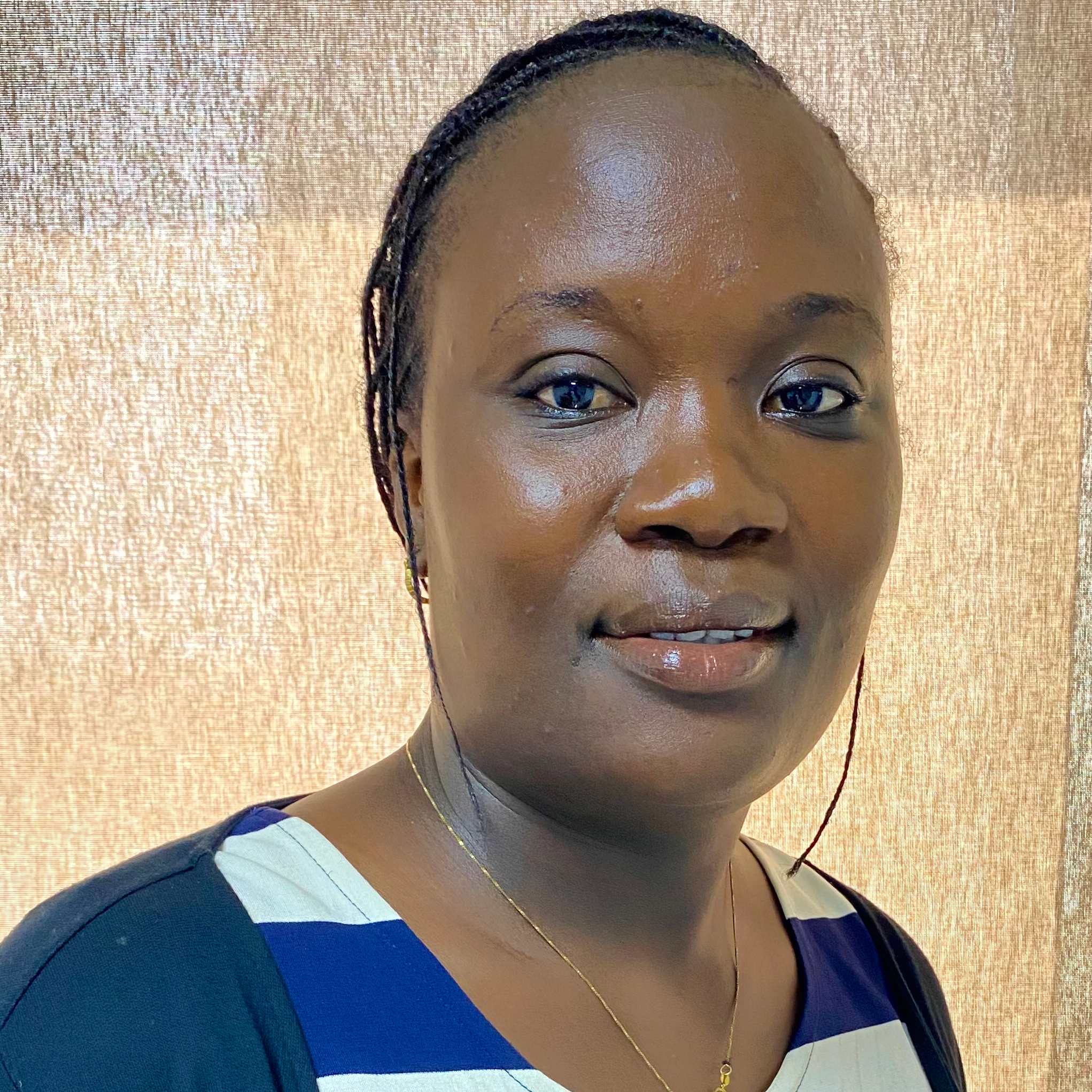CONTRIBUTORS

ARSENE BRUNELLE SANDIE
Associate Research Scientist/Statistician

Diarra Bousso Senghor
Post Doctoral Research Scientist
The African Population and Health Research Center (APHRC) has been at the forefront of addressing adolescent sexual reproductive health (ASRH) challenges in the Sub-Saharan Africa (SSA) region. ASRH indicators in the SSA region are among the lowest in the world due to a combination of structural and socio-cultural factors. In Senegal, socio-cultural norms and practices and gender inequalities in Kaolack and Gossas, among other communes, contribute to low levels of knowledge of and access to ASRH services, especially for adolescent girls who face challenges related to limited access to reproductive health services and good menstrual hygiene.
Working in collaboration with Enda-Santé, APHRC conducted a project in 2022 targeting beneficiaries in the two communes. The project was focused on identifying knowledge gaps and implementing evidence-based strategies to improve ASRH. The joint study highlighted significant challenges faced by adolescents in both locations, including underage marriage, teenage pregnancies, limited SRHR knowledge, and low usage of contraceptives. In Gossas, the study revealed that underage marriages stand at 15.6 percent, while in Kaolack, the same stood at 13.6 percent. Additionally, the study revealed that underage marriage in the two locations is fueled by retrogressive cultural practices such as the desire to preserve the girl’s honor as well as poverty levels.
Other data shows that early pregnancies are high in both locations, with Kaolack recording an 8.5 percent prevalence while Gossas recorded 5.4 percent. During the survey, 33.1 percent of adolescent girls in Gossas and 10.8 percent in Kaolack were recorded as being pregnant. The challenge of usage of contraceptives at first intercourse was highlighted in both study sites. In Kaolack, the usage stood at 26.7 percent, while in Gossas, it stood at 13.5 percent. Another concern noted was menstrual hygiene. In both study sites, more than half of the girls, 52.3% and 55.9% in Gossas and Kaolack (aged between 10 and 14 years), lacked a basic understanding of their menstrual cycle. Additionally, 8 out of every 10 girls said that menstruation is a taboo subject in their commune.
The stakeholders and youth involved in disseminating the study results developed key recommendations to address these challenges. Some of the recommendations included enhancing the knowledge and life skills of parents and girls through sexual reproductive health rights (SRHR) training, engaging the media to raise awareness of the various challenges identified, training parents and caregivers on ASRH and the dangers of sexual and gender-based violence, especially among the girls, and training on strengthening of communication between the parents and or caregivers and the girls.
A series of specific interventions have been implemented so far, focusing on local communication and awareness-raising, capacity-strengthening for adolescents and community actors, and strengthening the supply of prevention and care services for adolescent victims of sexual and gender-based violence.
As a result of the positive changes observed among the adolescents who have benefitted from the interventions, there is a need to scale up the interventions to other communities in Senegal to improve the overall ASRH indicators. Understanding the opportunities and challenges for scale-up in Senegal and the region is important to improve indicators such as the data provided by the Senegalese Demographic and Health Surveys (EDS).